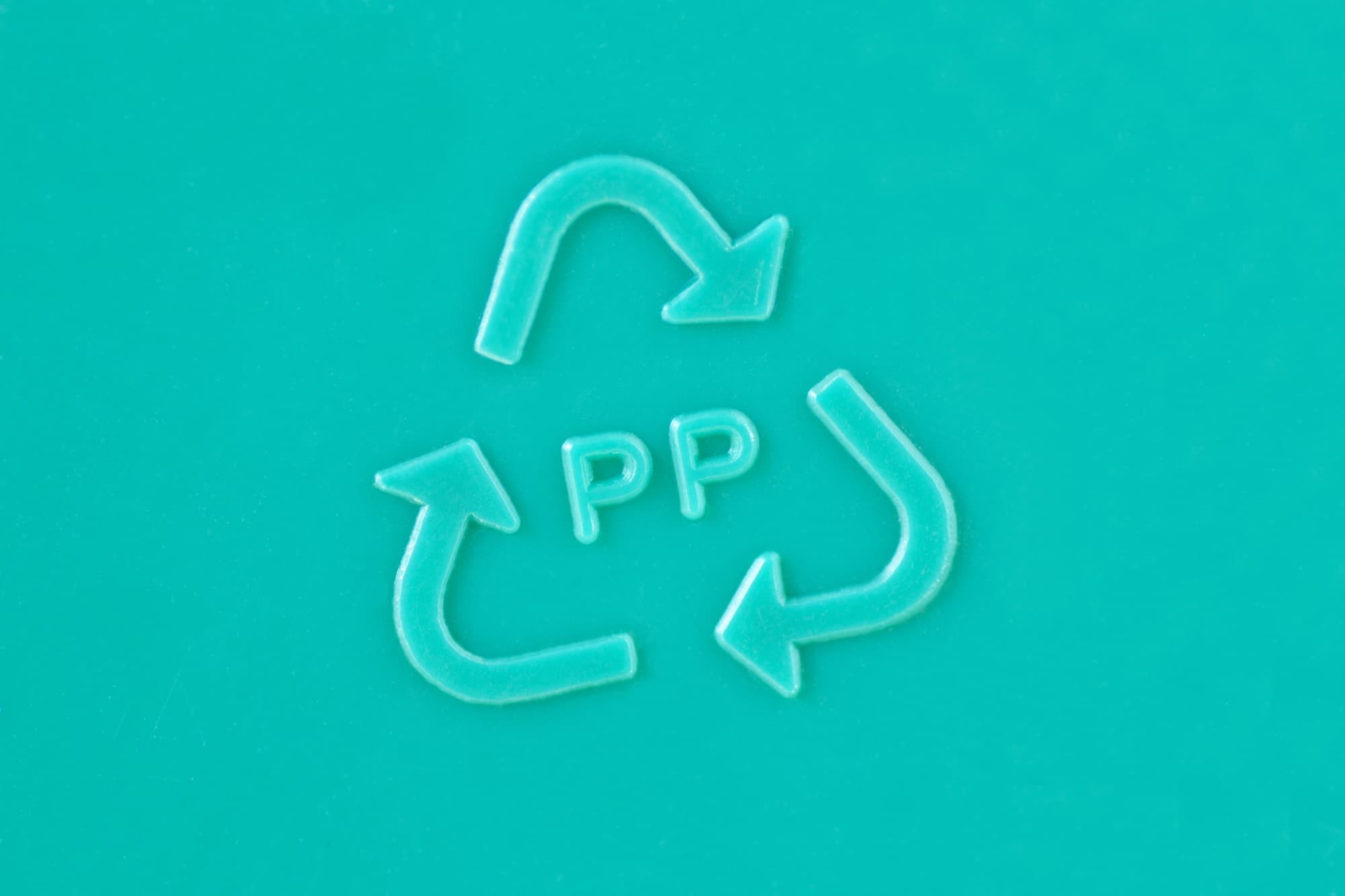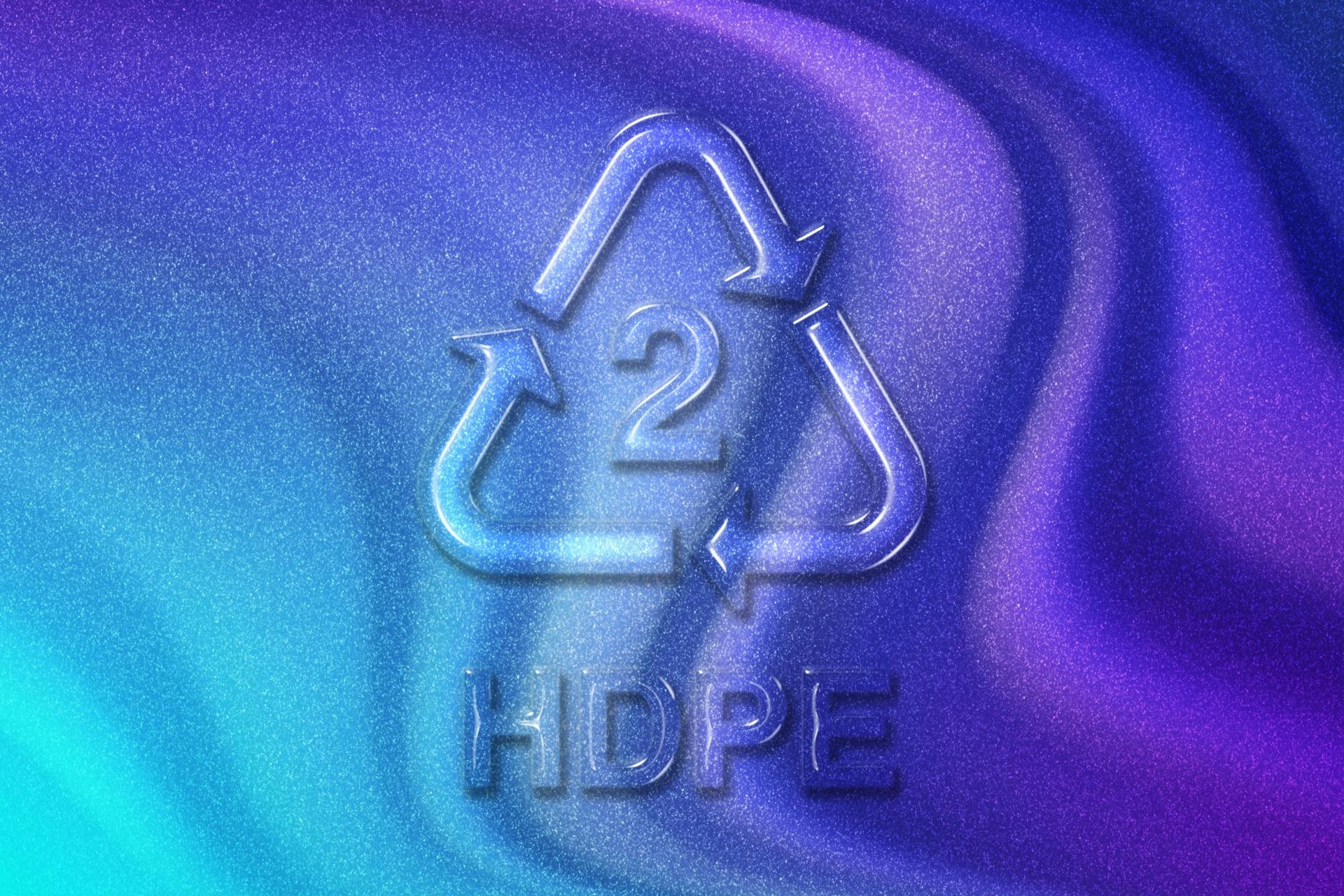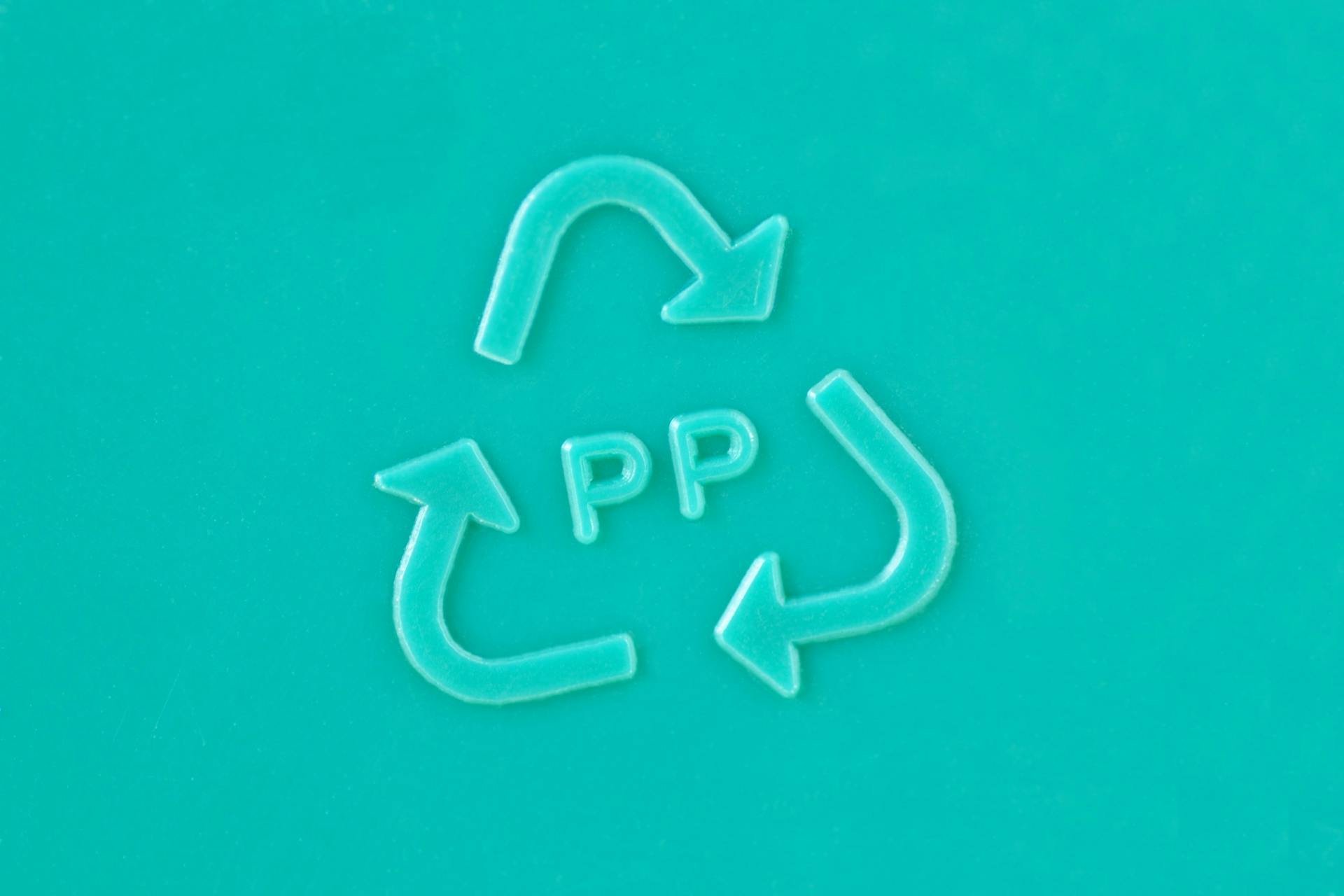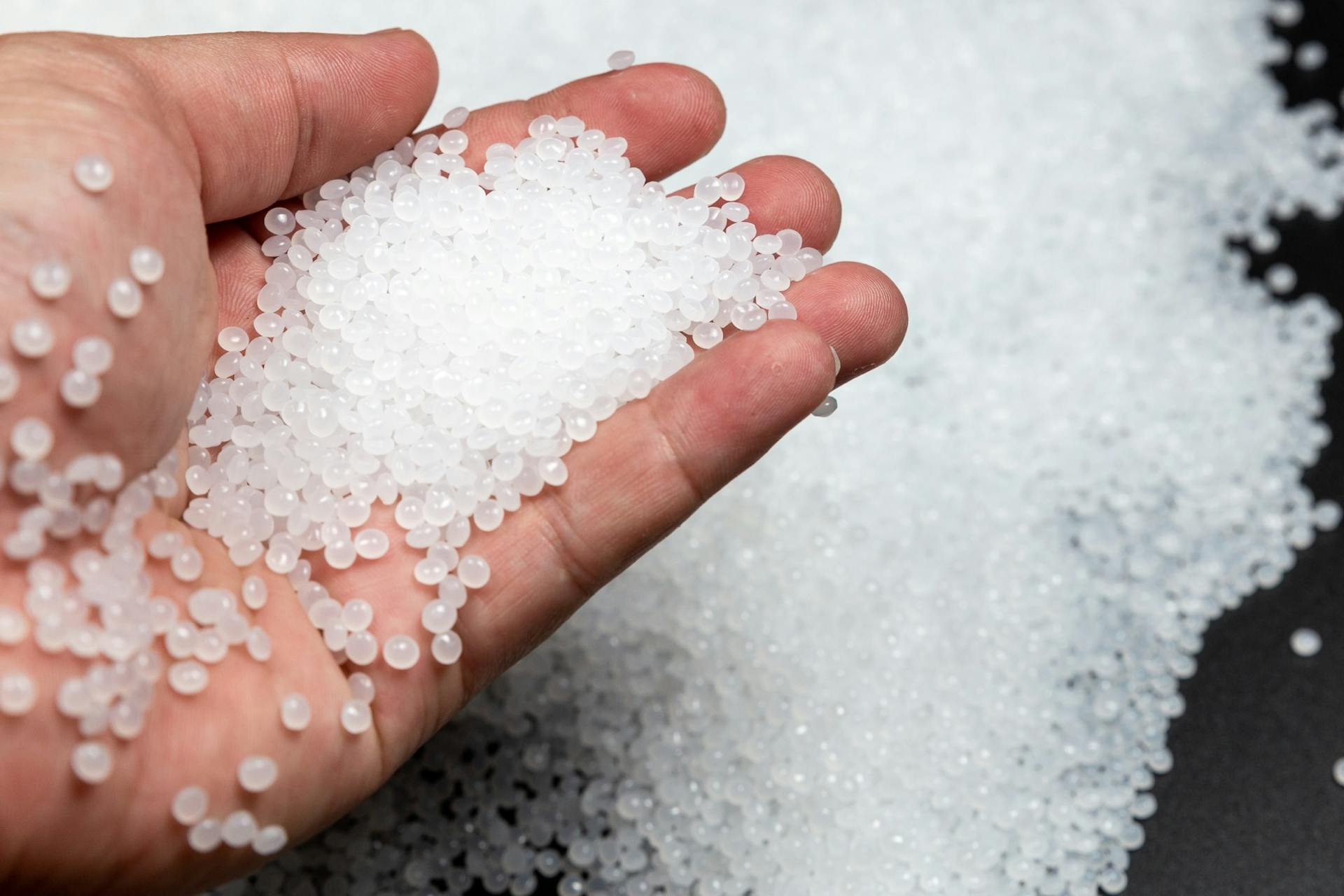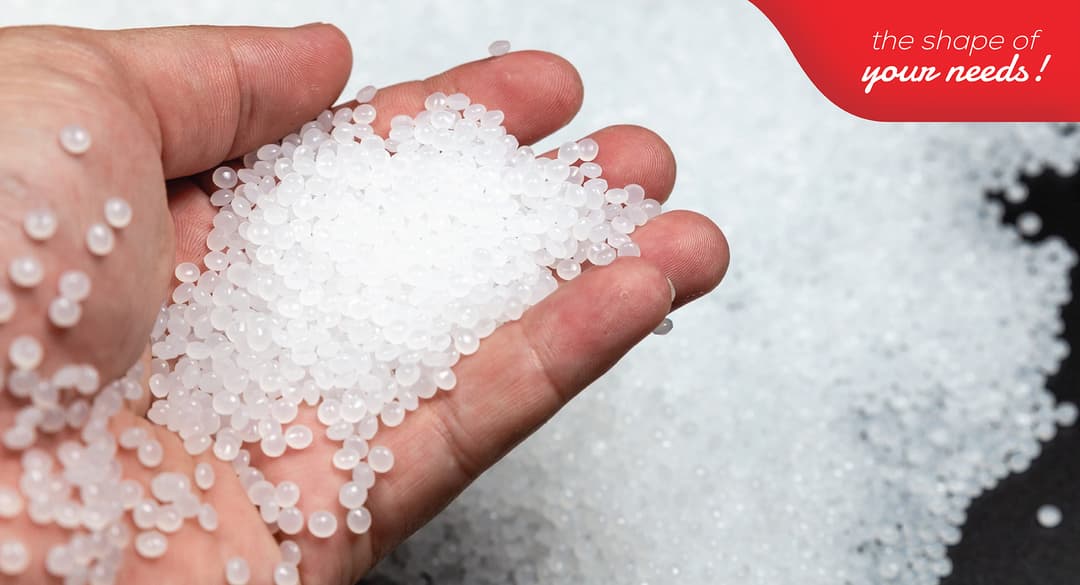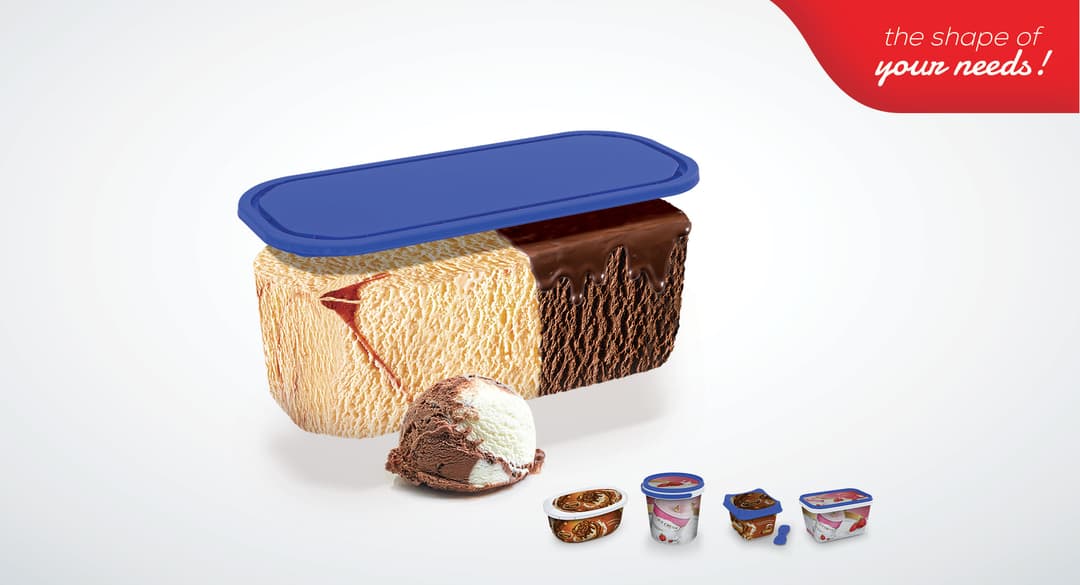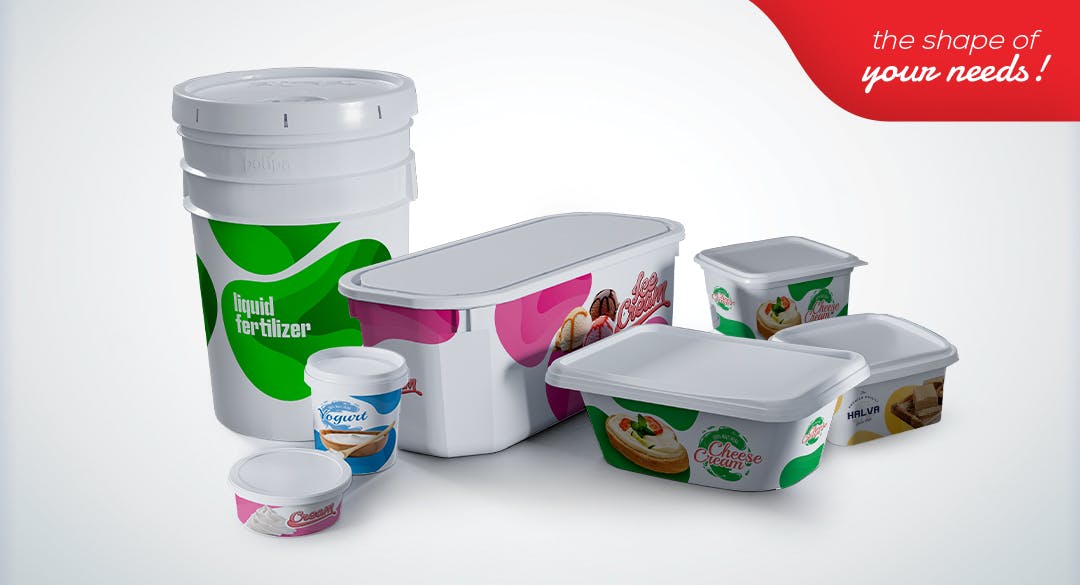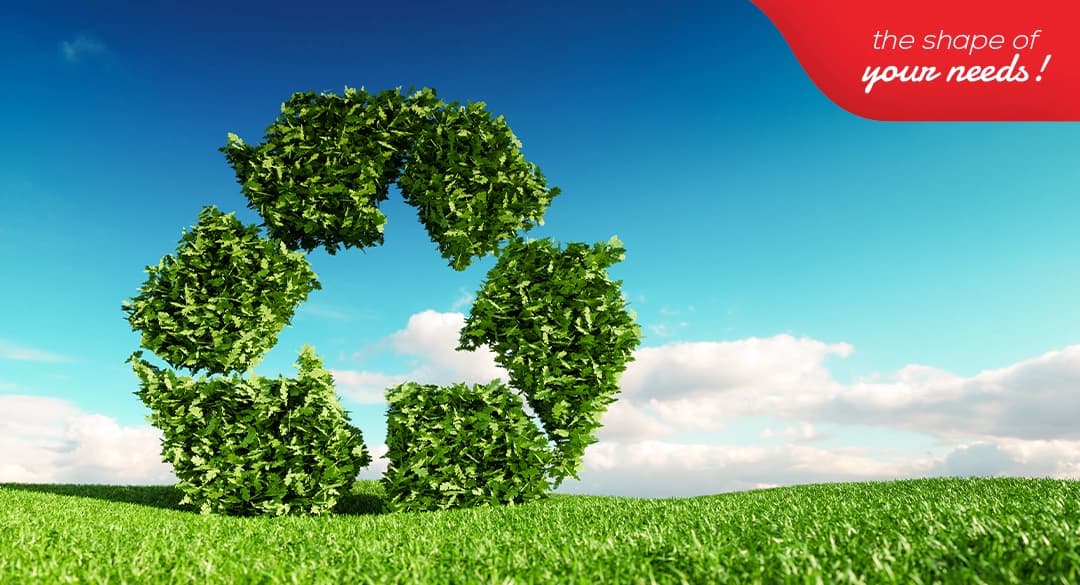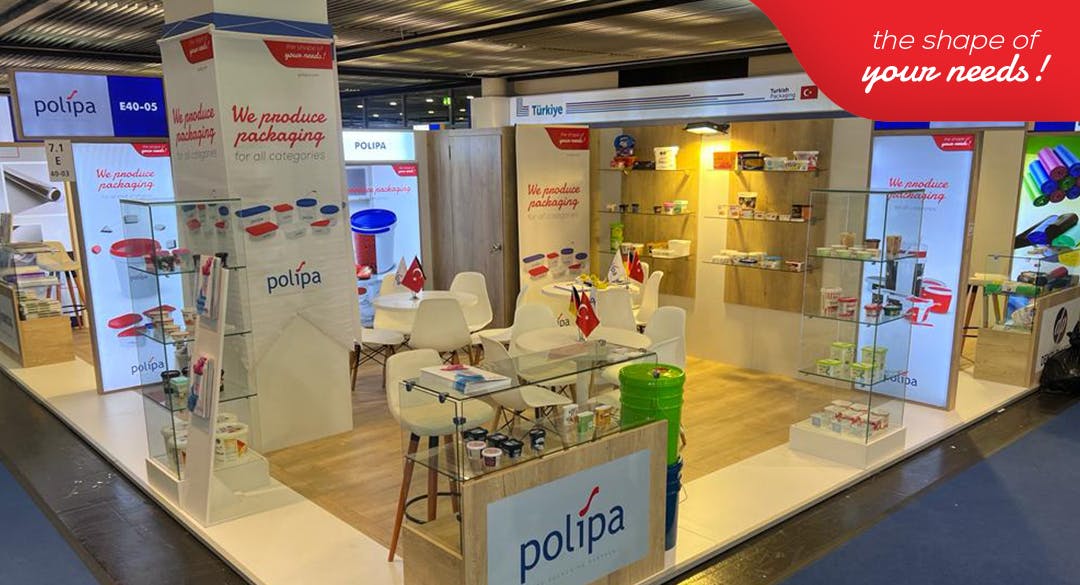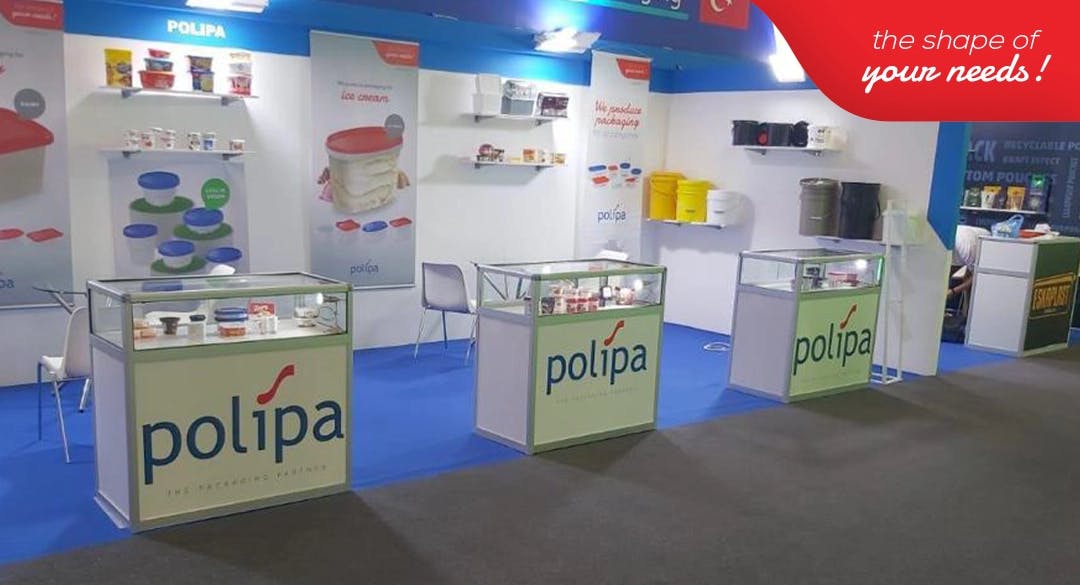The History of Plastic Packaging
With the discovery of plastic, plastic packaging replaced paper and cardboard packaging which were prominent in the 1900s. In general, their use began after World War 2. During the war, an excess amount of polyethylene was produced and soon after the war, it became a product widely found in the market.
The development of plastic, which initially replaced wax paper used in bread packaging, gained momentum with the growth in the packaging industry in the 1970s. Plastic packaging, previously used solely for carrying and storage purposes, also became informational labels with the latest technologies.
The first synthetic plastic was made by Alexander Parker in 1838, and was exhibited at the Grand International Exhibition in London, in 1862. In 1840, Charles Goodyear and Thomas Hancock developed a procedure that adds elasticity to natural rubber. In 1870, John Wesley Hyatt from New York was given the patent for celluloid, produced in high heat and pressure with low nitrate levels. This discovery is the first plastic launched into the market and has been the only plastic up until “Bakelite” was found in 1907 by Leo Hendrik Baekeland.
How are Plastic Packages Made?
Plastic packages are made by processing various products obtained from oil refineries in petrochemical plants. Since many packages can be obtained with very little material via plastic, it’s a widely used raw material in the industry.
PP (Polypropylene)
Resistant to chemicals.
Resistant to heat and over fatigue.
Low density.
HDPE (High Density Polyethylene)
Incredibly robust, resistant to breakage.
Resistant to water and chemical substances.
Freeze-resistant.
Lightweight and affordable.
The Global Packaging Industry conducts ongoing projects for packaging production using the minimum materials possible, aiming at sustainable packaging production. Plastic raw materials enable the lowest packaging material consumption per unit. With the help of technologies enabling the manufacturing of materials with better physical specifications, formulating new raw materials and processes succeeded in lowering the weight of packaging materials.
Packaging and The Environment
“Preventing packaging which has been serving humankind for many years causing harm to the environment is at the hands of humankind itself.”
Using non-recyclable materials in packaging manufacturing is prohibited by the regulation on Packaging Waste Control. Therefore, packages completing their lifecycle must be recycled. Raising awareness on this matter and not treating packages as rubbish is crucial. When society lacks awareness, environmental pollution begins to increase.
Packaging wastes are valuable materials that can be used as secondary raw materials in many industries. One must remember that “If each waste is treated properly, none becomes rubbish.”
What is Recycling?
Recycling, as a term, means subjecting certain waste materials to various physical and chemical processes and putting them back into manufacturing processes as raw materials. Recycling helps preserve natural resources, saves on energy, and decreases waste. It means investing in the future and the economy. Using wastes as raw materials is crucial in preventing environmental pollution.
Source: https://ambalaj.org.tr/tr/ambalaj-ve-cevre

